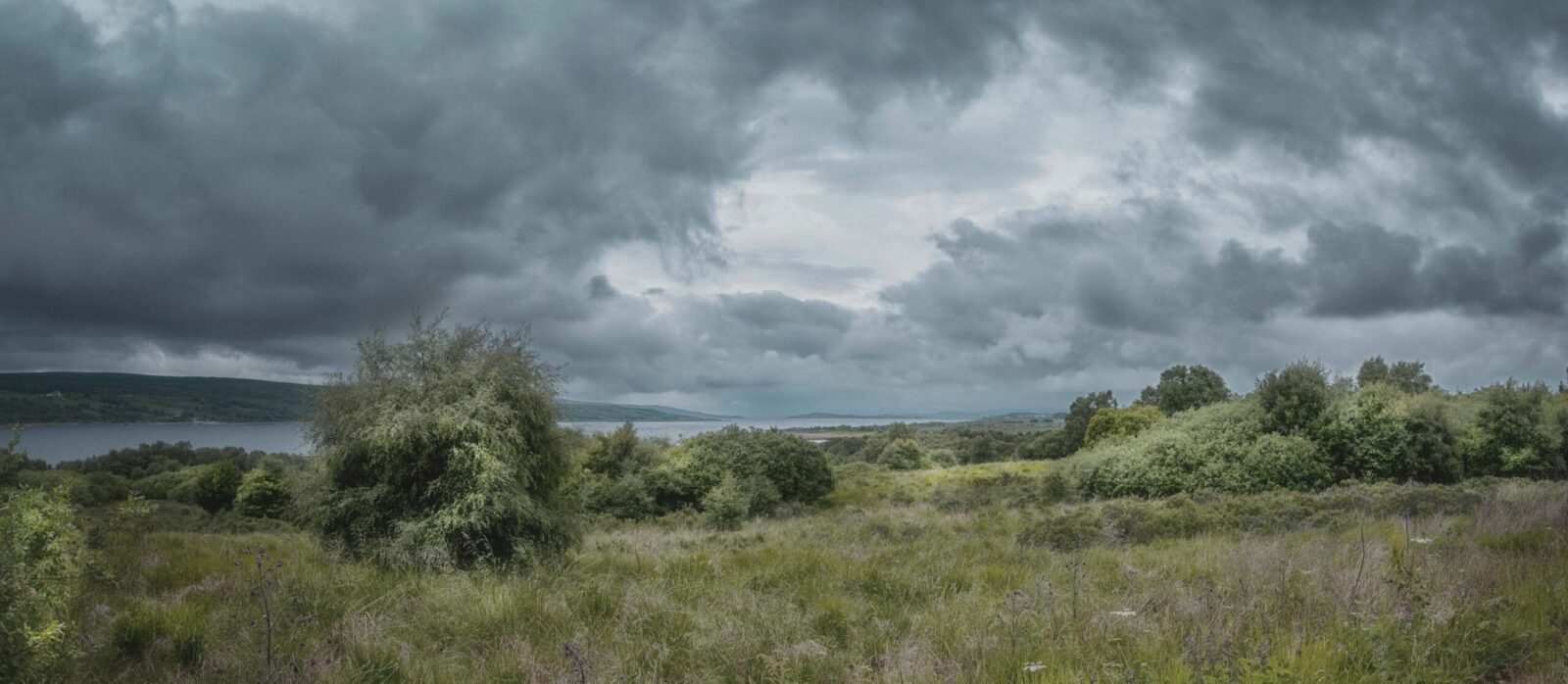
Bempton Cliffs


















I visited this site with my sister in the summer of 2021.
Bempton Cliffs, managed by the R.S.P.B., is home to one of the UK's top wildlife spectacles. Located on the spectacular Yorkshire coast, the cliffs are host to around half a million seabirds,
including Gannets, Puffins, Guillemots, Razorbills and Kittiwakes, which gather here between March and October to raise a family on the towering chalk cliffs overlooking the North Sea.
I visited this site with my sister in the summer of 2021.
Bempton Cliffs, managed by the R.S.P.B., is home to one of the UK's top wildlife spectacles. Located on the spectacular Yorkshire coast, the cliffs are host to around half a million seabirds,
including Gannets, Puffins, Guillemots, Razorbills and Kittiwakes, which gather here between March and October to raise a family on the towering chalk cliffs overlooking the North Sea.
I visited this site with my sister in the summer of 2021.
Bempton Cliffs, managed by the R.S.P.B., is home to one of the UK's top wildlife spectacles. Located on the spectacular Yorkshire coast, the cliffs are host to around half a million seabirds,
including Gannets, Puffins, Guillemots, Razorbills and Kittiwakes, which gather here between March and October to raise a family on the towering chalk cliffs overlooking the North Sea.
Puffin
Puffins are unmistakable birds with their black back and white underpartts, distinctives black head with large pale cheeks and their tall, flattened, brightly coloured bill.
Its comical appearance is heightened its red and black eye markings and bright orange legs.
Another endearing trait that makes them so popular is their clownish behaviour, as can be seen in the slideshow.
Puffins normally burrow a hole in a sandy cliff in which lay their eggs and raise their chick, but will exploit a ready made cave.
Puffin chicks are known as Pufflings.
Puffins are unmistakable birds with their black back and white underparts, distinctives black head with large pale cheeks and their tall, flattened, brightly coloured bill.
Its comical appearance is heightened its red and black eye markings and bright orange legs.
Another endearing trait that makes them so popular is their clownish behaviour, as can be seen in the slideshow.
Puffins normally burrow a hole in a sandy cliff in which lay their eggs and raise their chick, but will exploit a ready made cave.
Puffin chicks are known as Pufflings.
Both Razorbills and Guillemots are monogamous and frequently share their breeding sites with other auks, such as puffins. Breeding sites can be on coastal cliffs, in crevices and on ledges.
Razorbills do not generally build nests and females typically lay a single egg per season. The special pointed shape of the egg prevents it from rolling off the cliff.
Easily identifiable by it's striped bill, unlike the Guillemot, as seen in the slldeshow. (right).
The Guillemot is one of the most numerous birds in the great 'seabird cities'. It comes to land only to nest, spending the rest of its life at sea, where it is vulnerable to oil spills.
Dark brown and white, not as black as the similar razorbill, it has a 'bridled' form with a white ring round the eye and stripe behind it.
Guillemots
Guillemots
Guillemots
Adult gannets are large and pure white with black wingtips. They are distinctively shaped with a long neck, beak, tail and wings and are one of the most photogenic of the seabirds.
At sea they flap and then glide low over the water, often travelling in small groups.
They feed by flying high and circling before plunging into a shoal of fish.
Juvenile Gannets will have a black and white plumage for the first three years of their lives.
They breed in significant numbers at only a few localities and so is designated an Amber List species.
Kittiwake
Kittiwake
The Kittiwake is regarded as the bellwether of the oceans.
If there is any contamination of the seabed then the Kittiwake will be the first bird to suffer, so their absence would indicate oceanic problems hence the reason they are on the R.S.P.B.'s Amber List
Peregrine Falcon
Peregrine Falcon
The one bird we didn't expect to see was a Peregrine Falcon.
However, when you consider this predator will happily predate on birds the size of a pigeon, then a small seabird would be a midday snack.
This particular specimen was quite content for a number of photographers to take shots of it and sat, quite happily, no more than 4 yards away on the side of the cliff


